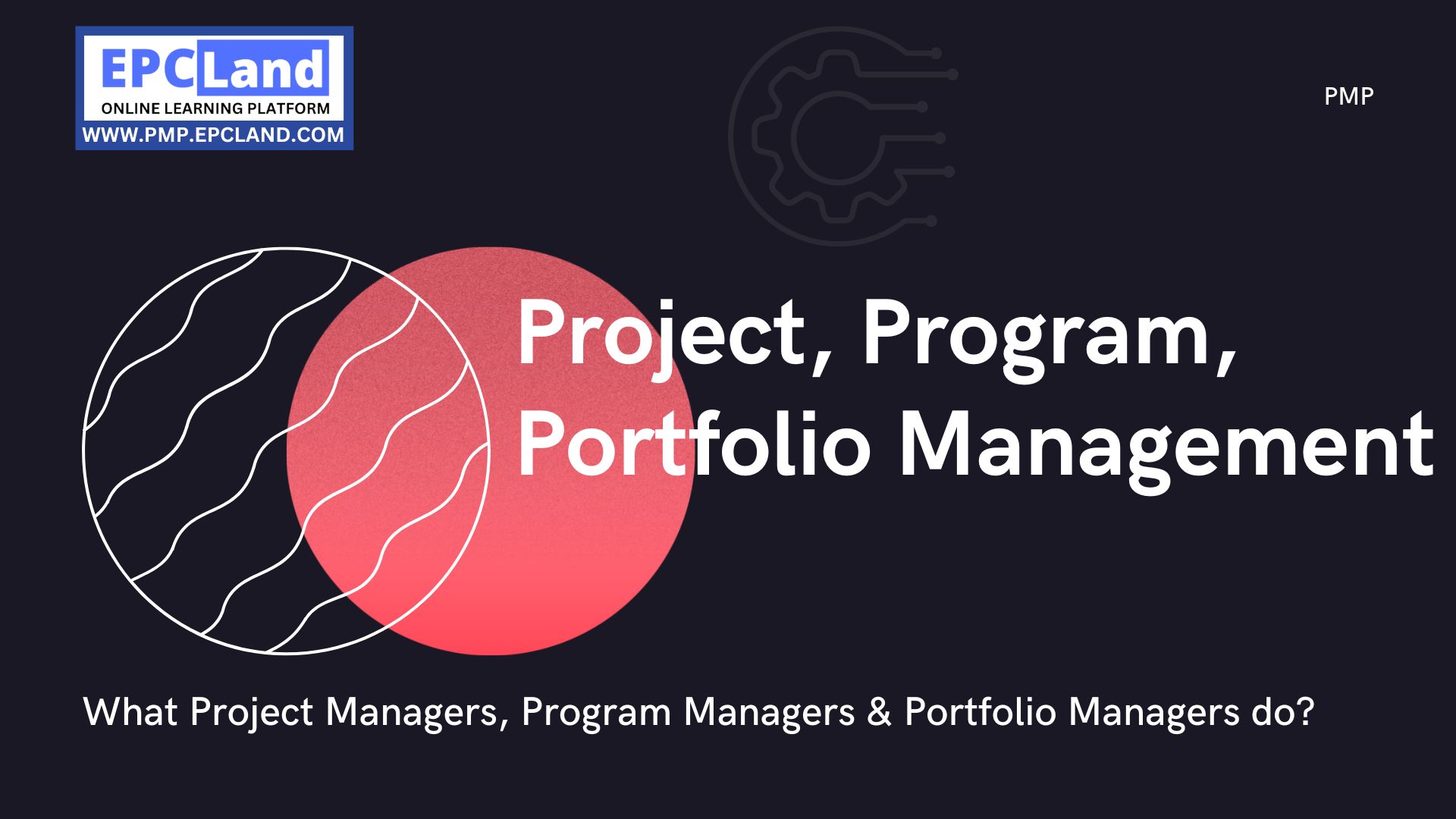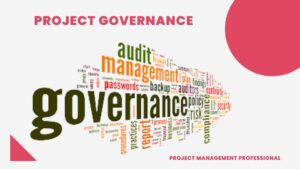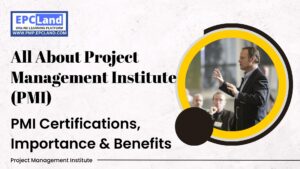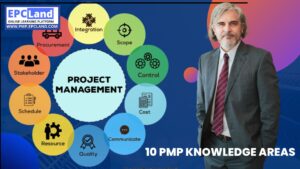Table of Contents
ToggleWhat is project management?
A project has several definitions that are tailored to different markets and industries. The Project Management Institute (PMI) defines a project as an ad hoc effort undertaken to create a unique product, service, or result. Organizations have many projects running at the same time, each with different needs and goals.
Project management is the application of processes, plans, knowledge, skills, tools and techniques to successfully complete the goals and objectives of a particular project. Best practices for project management include:
- Define the Scope and Objectives
- Define the Deliverables
- Project Planning
- Communication
- Tracking and Reporting Project Progress
- Change Management
- Risk Management
Attempt Quiz-1 on Project, Program & Portfolio

Time's up
What is program management?
A program is a group of related projects and program activities managed to contribute to the same business goal or benefit. The program as a whole has clearly defined goals, and each project within the program contributes to achieving these goals.
Program management is the process of analyzing and managing projects to define appropriate strategies and ensure that projects align with business strategy as strategies change.
Program management enables organizations to coordinate multiple projects for optimized or consolidated cost, schedule, effort, and benefits. It also helps managers determine the best approach for managing project dependencies.
Program management includes activities such as resolving resource bottlenecks and conflicts that affect multiple projects within a program. Alignment of organizational/strategic direction to influence project and program objectives. Problem resolution and change management within a common governance structure.
Don’t Miss the 1000+ MCQ questions & hundreds of quizzes on PMP Knowledge Areas and Various important sections.
What is Portfolio Management?
A portfolio is a collection of projects, programs, sub-portfolios and operations that are managed as a group to achieve strategic goals. All of these elements are not necessarily interdependent or directly related. Companies may have different investments, products, or services, but they should keep in mind that they have an overall strategy to maximize their ROI.
According to PMI’s PMBOK Guide, portfolio management aligns with corporate strategy by selecting the right programs or projects, prioritizing work, and allocating necessary resources. Portfolio management provides a complete picture of an organization’s projects and programs, helping managers analyze and make the right decisions.
Relation between Project, program and portfolio management
The relationship between project, program and portfolio management is best described as:
A project is a temporary undertaking by a company or organization (for example, creating a new product, service, or result).
A program is a group of similar or related projects, often managed and coordinated as a group rather than independently.
A portfolio is a group of different programs or projects within the same organization, which may or may not be related to each other
What does a project manager do?
A major part of your job as a project manager is to balance the scope of work (also called “deliverables”) to meet project goals with available resources on schedule and within allocated budgets. am. All this has to be done while ensuring that the project meets the quality guidelines demanded by the client, which is no easy task.
Project management is about applying the right tools, techniques, and processes to add value and make projects successful. As you know, project management knowledge is vast, and there are many skills, tools, and techniques that help project managers execute these initiatives. The important thing is to understand the project, its goals and objectives, and its challenges, and choose, choose, and use the appropriate parts of project management accordingly.
Attempt Quiz-1 on Project, Program & Portfolio

Time's up
What is a "program" in project management?
Sometimes it’s important to coordinate and manage groups of projects to ensure they deliver value. From a project management perspective, this collection of projects is a program. Like projects, programs are temporary organizations. Therefore, the program is completed when the related projects are completed.
The Project Management Institute (PMI) describes program management in their PMBOK Guide:
“The application of knowledge and skills to achieve program objectives and obtain benefits and controls not available by managing related program components separately.”
Don’t Miss the 1000+ MCQ questions & hundreds of quizzes on PMP Knowledge Areas and Various important sections.
What Does a Program Manager Do?
Program management is a little more strategic than just managing multiple projects. Program managers don’t even micromanage these projects. He or she helps move the right work between the right projects at the right time.
Program managers focus on business benefits throughout the program. Very early in the implementation, see what benefits can be realized and put them into action.
Each project also has a project manager who does the above work. The program manager’s role is to ensure that the intended benefits are achieved by verifying that the appropriate projects are accepted into the program. Non-profitable projects are rearranged or removed from the program.
Program managers are responsible for monitoring dependencies between projects and creating program-level plans to achieve this.
For example, master plans are created to manage dependencies between projects. A program risk management plan is established to manage risk at the program level. The program communication plan also specifies how information flows within the program. The Program Manager then does not manage the project, but provides the oversight necessary to ensure that part of each project is effectively and efficiently completed and the needs of other projects are met.
Program managers are focused on realizing benefits. Rather, we know the benefits that can be realized from this series of projects, and we are focused on realizing them. Program managers also manage organizational change and work to ensure that the benefits are not only reflected in operations, but that processes are in place to maintain those benefits.
Program management’s role is to ensure that projects are aligned with business strategy, so when strategy changes, the program manager can also communicate with the project team to be aware of the change and how to address.
What is a “portfolio” in project management?
A portfolio is a collection of projects and programs that are managed as a group to achieve strategic goals. An organization can have a portfolio that consists of all projects, programs, and operational work within the company. You can also set up multiple portfolios for project selection and ongoing investment decisions.
According to PMI and its PMBOK Guide, a portfolio includes “projects, programs, other portfolios, and operations managed as a group to achieve strategic objectives.”
Companies must decide which projects to focus on. You are often limited by the number of projects you can do based on your capabilities within your organization. This raises the question, “Am I doing the right project?”
What Do Portfolio Managers Do?
Portfolio management is the centralized management of one or more portfolios to achieve an organization’s strategic goals.
The reality is that organizations often have limited resources such as money, people, space, and equipment. There are several projects and programs you can implement based on your organization’s strategy. You have to decide which is correct and in what order to complete them.
It is important not only to look at programs and projects at an individual level, but also to know holistically how they align with the overall goals of the organization. At the same time, it is also important to consider the balance of the portfolio to some extent. Organizations “must keep shining” while pioneering new opportunities. Some risk must be taken, but the portfolio should not be so risky that it can all be lost within a certain period of time.
In addition to prioritizing and selecting projects and programs, portfolio management balances the portfolio and ensures that the right projects and programs are selected and executed. Monitoring and control are central here, as portfolio composition is not a one-time decision. Evaluations should be carried out on a regular basis. A project may be de-prioritized and it may be decided that another project will take its place. Projects can be moved out of a Portfolio temporarily or permanently out of what a Portfolio comprises.
This is done to ensure that the project aligns with the organization’s strategy, goals and objectives. Other times, when you’re running a project or program, you realize it’s no longer relevant, and you end up reprioritizing all the projects and programs in your portfolio.























